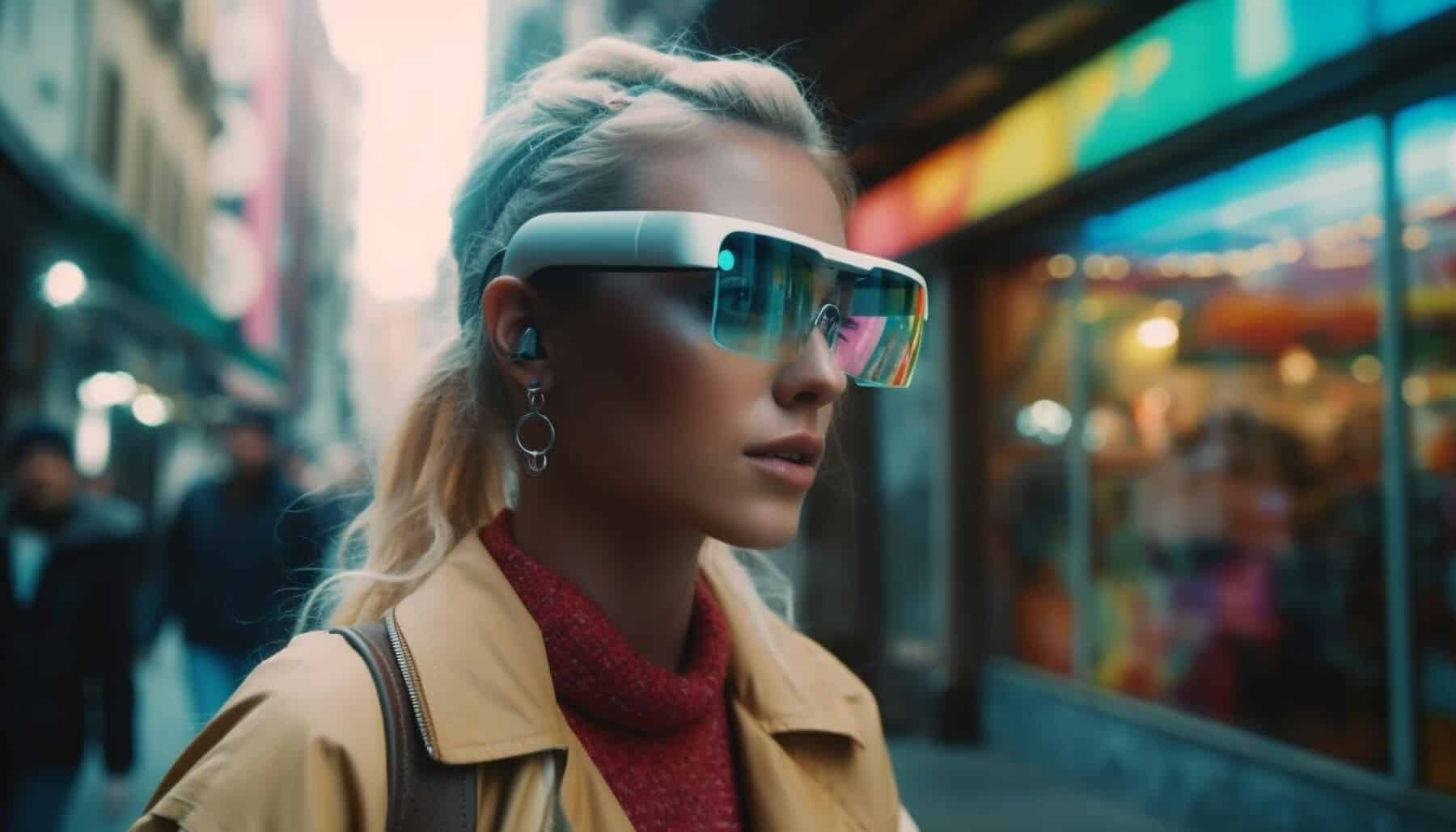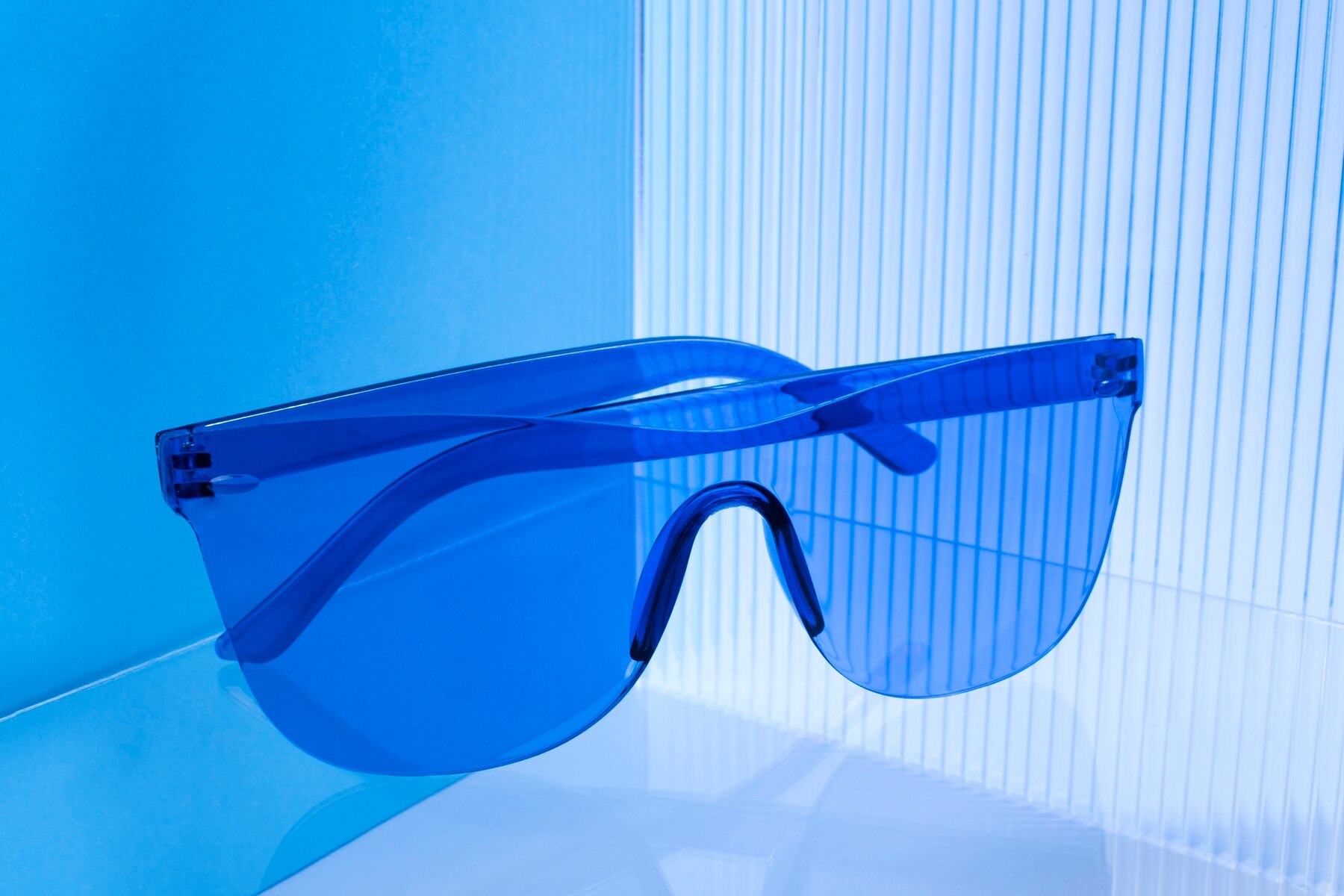
Are Smart Glasses the Future? What You Need to Know
As technology evolves quickly, new innovations are changing how we interact with the world. One such innovation is smart glasses technology. These sleek devices blend traditional eyewear with augmented reality (AR) and advanced connectivity. In our increasingly connected world, smart glasses could change everything. They provide new ways to engage with information, entertainment, and our surroundings.
But are smart glasses truly the future? What sets them apart from other wearable devices? How do they fit into the trend of augmented reality (AR) devices? This article will explore smart glasses technology, the best AR glasses available today, and what the future of augmented reality devices might hold.

What Are Smart Glasses?
Smart glasses are wearable devices that combine computer functions, often with augmented reality (AR), into a pair of glasses. They typically have built-in screens that overlay digital content onto the real world. They also include sensors, cameras, and sometimes voice recognition for hands-free use.
Unlike virtual reality (VR), which immerses you in a digital world, augmented reality (AR) merges the virtual with the physical. Smart glasses allow users to see and interact with digital elements overlaid on reality, creating a more intuitive tech experience.
Key Features of Smart Glasses:
- AR Integration: Displays digital information or objects in real life.
- Voice Control: Voice assistants like Google Assistant or Alexa enable hands-free interaction.
- Sensors: Track movements, monitor health metrics, or allow gesture control.
- Connectivity: Integrates smoothly with smartphones, computers, and other devices.
- Camera: Some include cameras for video recording, photography, or face recognition.
Why Are Smart Glasses Important?
Smart glasses are seen as one of the most exciting developments in wearable tech. They connect our digital lives with the physical world. With AR, they can change how we access and engage with information, all while keeping our hands free and avoiding screen time.
Here are a few reasons why smart glasses technology could become essential:
1. Hands-Free Convenience
One major advantage of smart glasses is accessing information or controlling your environment without holding a device. Whether getting navigation directions, sending a text, or controlling music, smart glasses let you do it all without pulling out your phone. This hands-free convenience is perfect for busy professionals, athletes, and anyone on the go.
2. Immersive Augmented Reality Experiences
Augmented reality (AR) in smart glasses opens new immersive experiences. Imagine seeing live translations of signs while traveling or having important information displayed while working on a task. From gaming to education, the applications of AR through smart glasses are endless.
3. Health and Fitness Applications
Some smart glasses track health and fitness metrics like heart rate and calories burned, offering real-time feedback. This makes them valuable for athletes and fitness buffs. For example, AR glasses could show workout stats directly in your line of sight, giving you live data on your form and progress.
4. Enhanced Productivity and Work Efficiency
For professionals, smart glasses can boost productivity by providing hands-free access to critical information. Imagine attending a virtual meeting while accessing relevant documents without looking away. In industries like manufacturing and healthcare, smart glasses enable workers to receive real-time instructions directly in their vision, improving accuracy and efficiency.
Best Smart Glasses Available Today
The best AR glasses on the market today are shaping the future of wearable tech. Still in their early stages, these devices offer real-world applications beyond entertainment. Let’s look at some top smart glasses available today.
1. Microsoft HoloLens 2
Microsoft’s HoloLens 2 is one of the most advanced AR devices today. These glasses are designed for enterprise use, making them ideal for healthcare, engineering, and education.
Key Features:
- 360° Mixed Reality: Immerses users in a virtual world while interacting with real objects.
- Advanced Gesture Control: Users can interact with virtual elements using gestures, eye-tracking, and voice commands.
- High-Resolution Displays: Sharp images make text and 3D objects seem part of the real world.
Pros: Excellent for professional use.
Cons: Expensive and heavy for consumers.

2. Ray-Ban Stories
Ray-Ban Stories offer a stylish and discreet option for consumers. Developed with Facebook (now Meta), these glasses provide features like hands-free calling, music streaming, and social media integration.
Key Features:
- Built-In Speakers and Microphone: Listen to music or take calls hands-free.
- Camera: Capture photos and videos directly from your glasses.
- Voice Control: Use voice commands for hands-free control.
- Stylish Design: Resembles regular Ray-Ban sunglasses, combining function with fashion.
Pros: Fashionable and suitable for everyday use.
Cons: Limited AR features, short battery life.
3. Google Glass Enterprise Edition 2
Once seen as a failed consumer product, Google Glass has been reimagined for business use with the Google Glass Enterprise Edition 2. These smart glasses focus on hands-free solutions for logistics, manufacturing, and healthcare.
Key Features:
- Display for Real-Time Information: Provides workers with real-time data and instructions.
- Lightweight Design: Comfortable for extended wear during demanding tasks.
- Long Battery Life: Designed to last through full work shifts.Pros: Practical for workplaces. Cons: Not for general consumers, lacks immersive AR features.
4. Vuzix Blade 2
Vuzix leads in Augmented Reality glasses, and their Blade 2 model offers a compact design with AR capabilities. These glasses suit professionals in field service, warehousing, and remote assistance.
Key Features:
- Augmented Reality Display: Overlays digital information on the real world.
- Integrated Camera: Record video or take photos hands-free.
- Bluetooth Connectivity: Pair with your smartphone for notifications.
Pros: Lightweight, stylish, and affordable.
Cons: Limited immersive AR, smaller screen.
The Future of Augmented Reality Devices
The future of augmented reality devices looks bright. As technology matures, we expect smart glasses to become lighter and more powerful, providing immersive AR experiences. Here are trends to watch:
1. Better Integration with Everyday Life
As smart glasses advance, they will blend seamlessly into our routines. From receiving real-time updates to overlaying digital content in physical spaces, these devices could transform how we interact with the world.
2. Improved Battery Life and Comfort
Battery life has challenged smart glasses, but advancements in technology will make them more practical. Expect more comfortable designs, suitable for all-day wear.
3. Wider Consumer Adoption
Currently, smart glasses target enterprise applications. As technology improves and becomes affordable, consumer adoption of AR glasses will likely increase. This could lead to advancements in gaming, entertainment, and personal productivity.
4. Enhanced Augmented Reality Experiences
With 5G networks, improved AR software, and better sensors, smart glasses will provide more immersive and interactive experiences. Expect advanced facial recognition, object tracking, and virtual objects integrated into real-world settings.

The Future of Smart Glasses: A Glimpse into Augmented Reality’s Potential
Smart glasses technology is paving the way for the next generation of wearable devices. Although still early, augmented reality (AR) has the potential to change how we see and engage with the world. The best AR glasses today show promise, but as technology advances, even more exciting features will emerge.
As smart glasses improve, they will likely become integral to our daily lives. They will offer hands-free connectivity and immersive AR experiences. The future of augmented reality devices is bright, and it’s exciting to consider how these innovations will shape our lives in the years ahead.
